Ramji delves into the history of visual effects, and its impact on the history and the future of cinema as we know it
Movies are magical! The awe and wonder of watching a movie in a theater has no parallel. Nowadays, hardly any film comes without what is called VFX, an abbreviation for Visual Effects.
With the advent of computer graphics in the late 80s and early 90s, VFX has become an inevitable part of films. And it only gets bigger and better every year. In this series of articles, let us take a bird’s eye view of some of the important techniques in filmmaking and special effects.
There has been tremendous development over the past 3 decades. In India, VFX or computer graphics as it is commonly known was first introduced in early 90s and made popular through films like Jurassic Park and Terminator 2: Judgment Day.
That caught the attention of an average filmgoer and our own film-makers were quick to introduce the visual effects in local films.
In the beginning
But did it all start after the invention of computers? No. The visual effects have existed even during the silent movie era. Interesting, isn’t it? But in those days, it was called special effects. What is the difference? Well, whatever was achieved through in-camera techniques and physical effects like miniatures were called special effects.
One of the earliest special effects was done as early as 1895. It was The Execution of Mary Stuart. In this film when they had to show the beheading of Mary, the Queen of Scots, Alfred Clark filmed it by first making the actor (playing Mary Stuart) place her head on the platform.
The executioner raises the axe and brings it down. At this point, Clark stopped filming, made the actors freeze in their positions and replaced the actor with a life-sized dummy. Then he restarted filming and let the executioner behead the dummy. When viewed continuously this was perfect re-enactment of that beheading.
Let me pick one of my favorite films, Metropolis (1927) directed by Fritz Lang. This film was part of the silent film era and is considered a masterpiece in filmmaking. Set in a dystopian future, this movie effectively used miniatures and life-size sets to create the “future.”
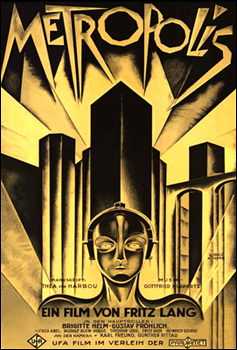
Elaborate sequences involving miniature sets, model cars that were captured using stop motion technique, where the cars are moved a few millimeters for each shot and when played, it appears as if the cars are moving.
This film also used something called the Schüfftan process. A technique named after the cinematographer of Metropolis, Eugen Schüfftan. This technique used a mirror in between the camera and the miniature set. The reflective coating on the mirror is removed from a certain region and kept in other parts.
The actors are placed several feet away from the camera and the transparent part of the glass will allow the camera to film them while the reflective part of the mirror will reflect the miniature set. This makes it look as if the actors were present inside the miniature set.
This required meticulous planning, but it worked. Those days, the camera did not move much so these techniques were highly effective.
In the above picture notice that the ramp behind the mirror has real people walking on it. The reflective part on the mirror is removed and it exactly matches the incline of the ramp. This allows the camera to capture the ramp while the rest of the mirror is reflecting the miniature set on the top left.
Stop the Press
One animation technique called stop motion animation was also extensively used for these special effects. Though this technique has been in use for several years and used in several films, let us look at one example: King Kong (1933).
In stop motion animation, the models of the creatures or characters are made out like a puppet and the movements are captured frame by frame. The character’s arms and legs are moved a few millimeters for each frame, and they are photographed.
A series of 24 images is needed for each second of the animation. When played together, this character comes alive and chases the actors. It was a laborious process, and it took several hours to execute. This technique is still in vogue today and there have been several full-length feature films using only stop motion animation.
Even though usage of bluescreen for creating a traveling matte was popular in the 1950s, they had one disadvantage. The light that gets reflected from the bluescreen creates a blue halo (known as spillage) around the actors which was not possible to remove in those days.
So, they used something called sodium vapor process. This originated in the British film industry in the 1950s but later perfected by Walt Disney.
This technique used a yellow screen which was lit by yellow sodium light while the actor in front of the screen was lit by white light. The special camera used for this technique had two types of films; one was sensitive to sodium vapor light which captured only the sodium light.
It cast a black unexposed part on the film thereby creating a matte layer. The other was sensitive to white light which captured the actors normally. The background is shot separately; all the three layers are optically combined thereby making us believe that the actors were on location. This technique was extensively used by Alfred Hitchcock in The Birds (1963).
Leading from the Front
Here is one another favorite film, 2001: A Space Odyssey (1968). Directed by Stanley Kubrick, this film used several in-camera special effects.
Apart from the miniatures and other elaborate set effects (including the giant Ferris wheel set to show the insides of the spacecraft), Kubrick used a technique called front projection. Though this technique existed even before, it was effectively used in this film.
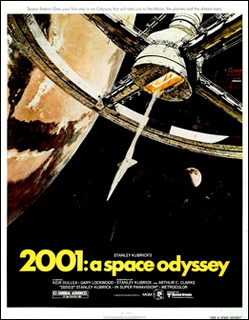
This technique used a one-way mirror placed at a 45-degree angle in front of the camera. The background image like the starry space or even African locales were projected on to this mirror.
The 45-degree angle would reflect the image on to a highly reflective screen in front of the camera. Actors or miniatures of spaceships perform in front of the screen and are illuminated separately by lights.
All these visuals were achieved through optical illusions and mechanical effects and the main challenge was the director would not know if the effect was successful until the film is processed and printed.
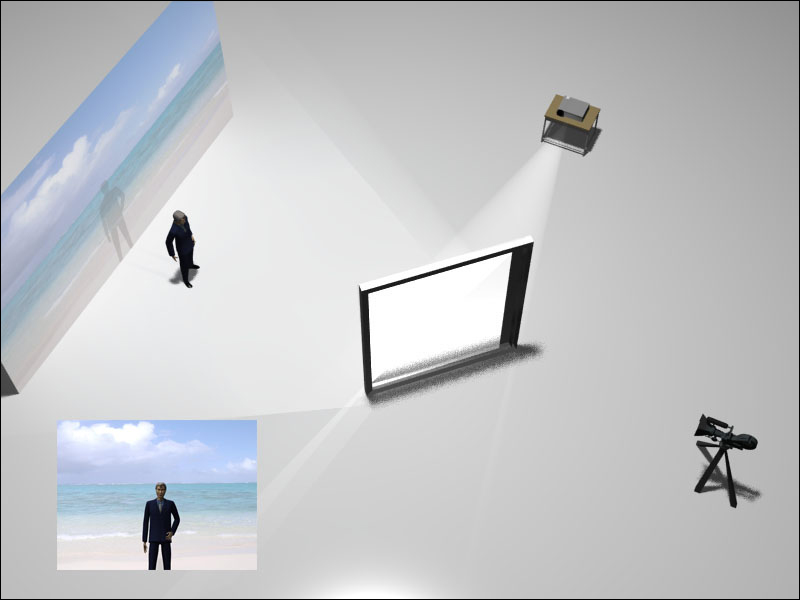
It was really a challenge for filmmakers and the special effects department, but they lived up to the challenges of the times and have given us some memorable films that are cherished even today.
In the next part of this series let us see some more techniques that were used to create the movie magic.
Which is your favorite special effects technique? Do let us know. You could leave your thoughts in the comments box below.
In case you missed:
- None Found
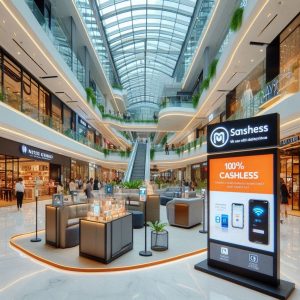
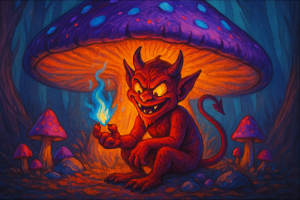

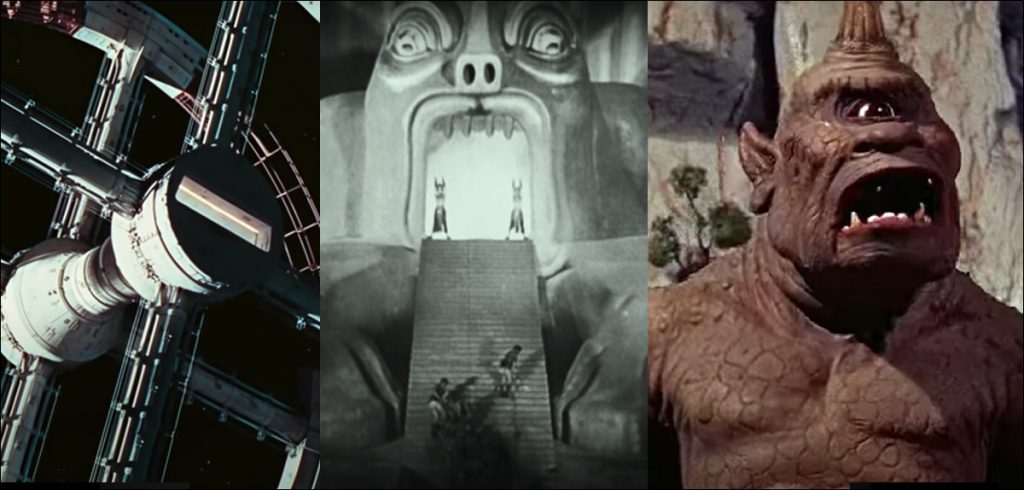

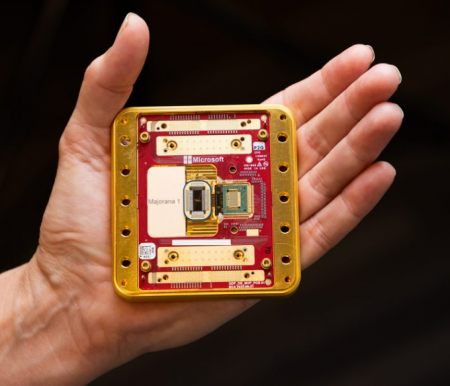
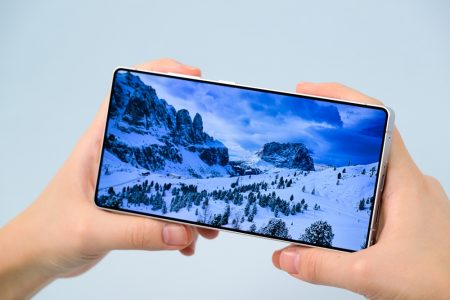
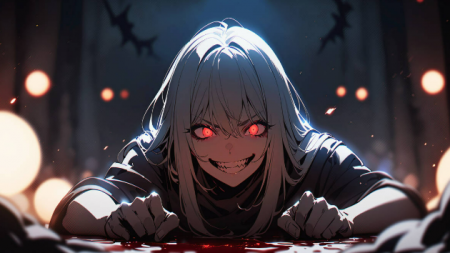
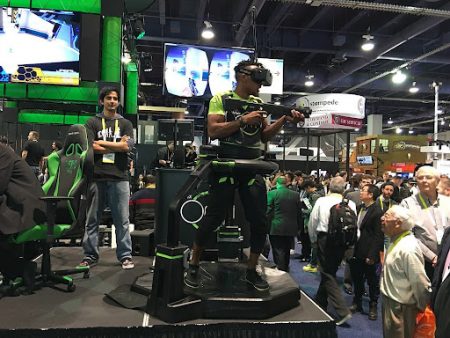
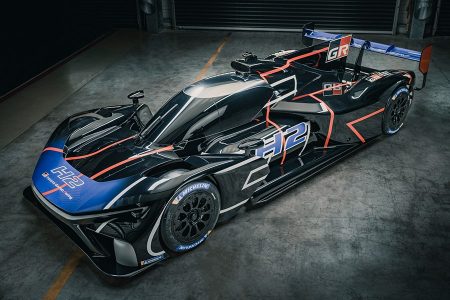
7 Comments
Loved it!
Thank you Priyanka
Good one
Technology has been growing very fast. Modern VFX effects are like originals.
Thank you Riyaz. Yes, it is amazing how this domain in growing. And what never ceases to amaze me with these old films is that they achieved so much without digital technology.
Hi, Ramji thanks for your comment. Sify.com team, I have a suggestion here please enable the edit option in the comment section.
Thank you Saritha!